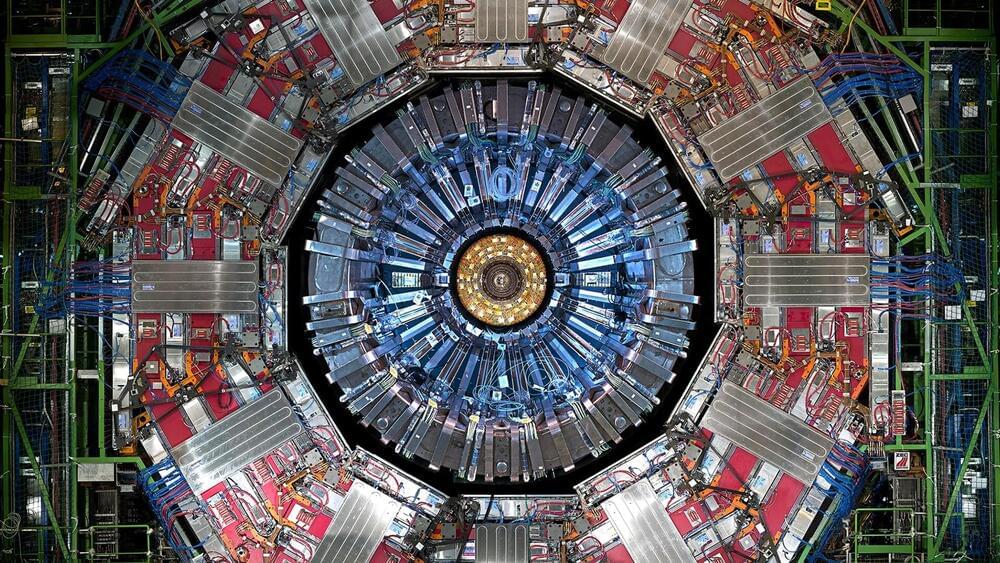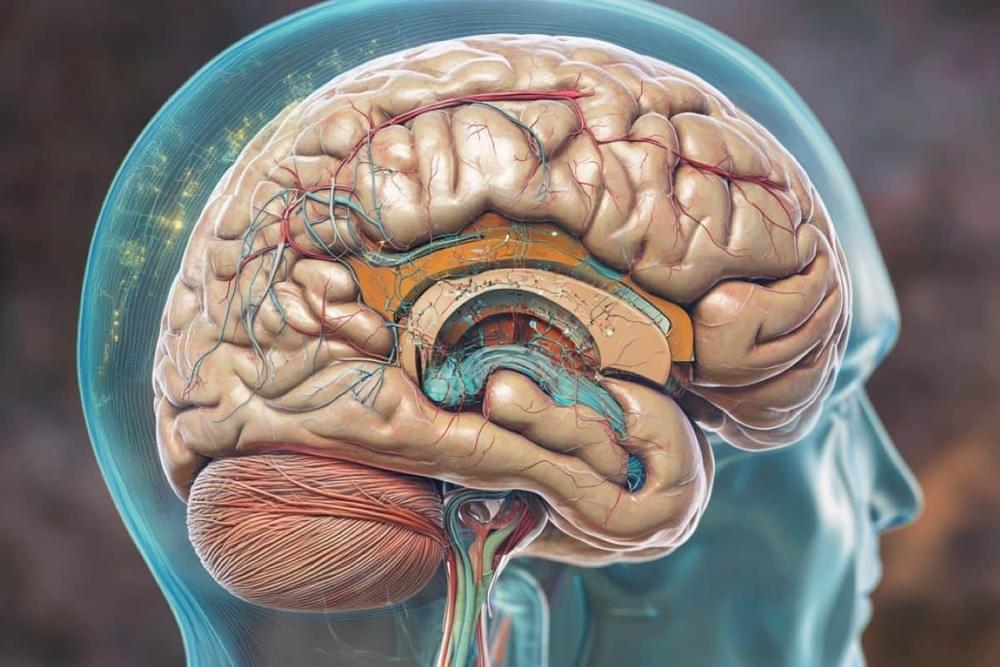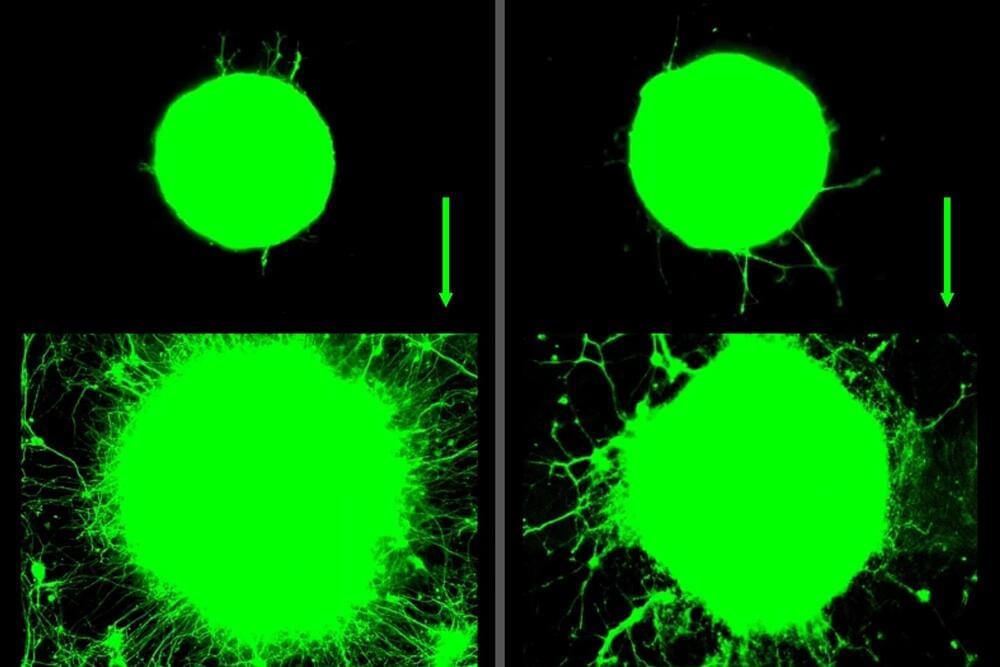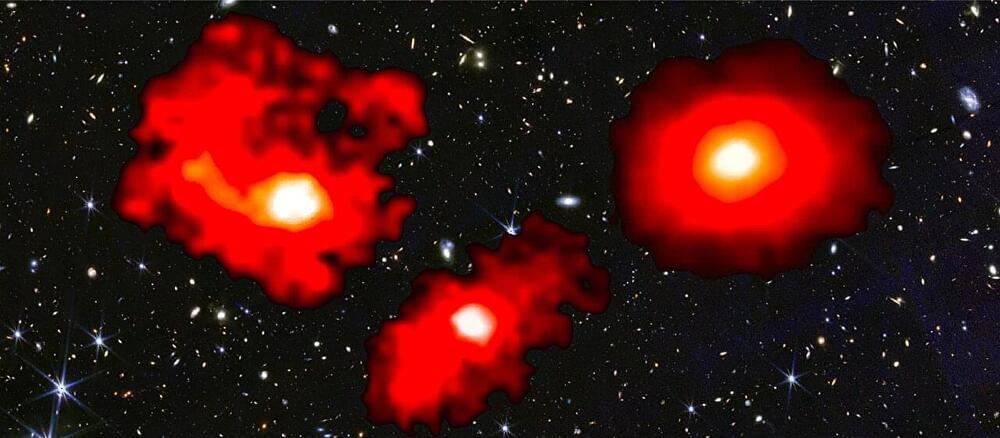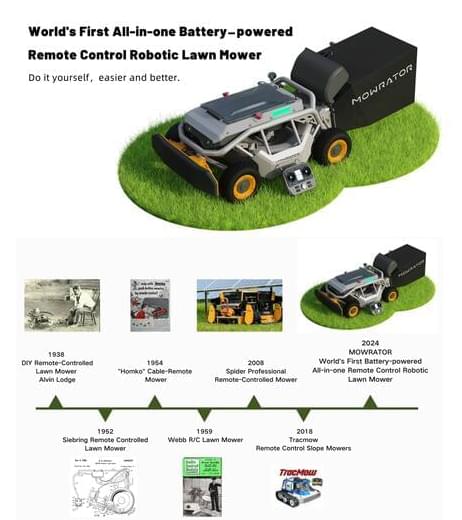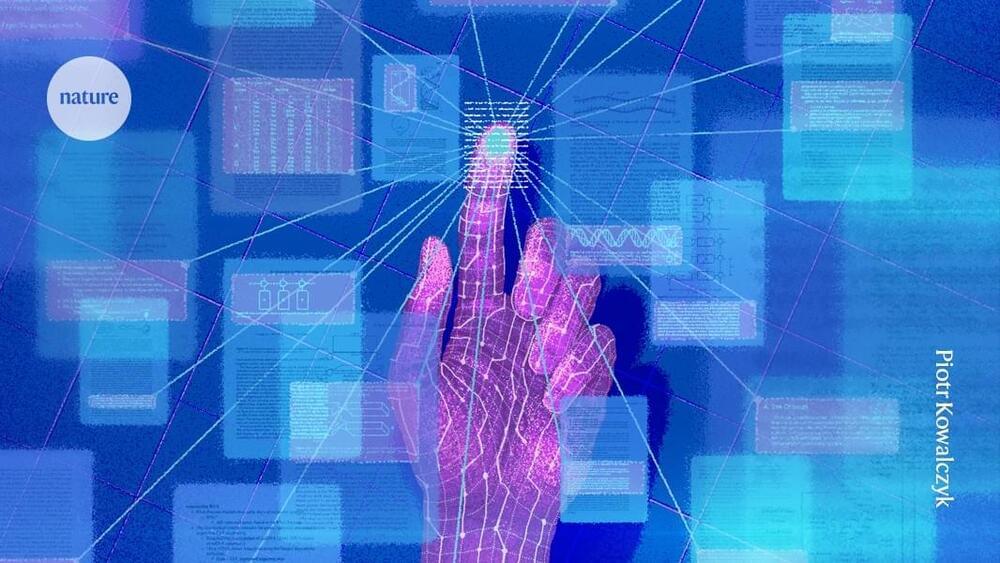Supported, in part, by NASA and administrated by Resources for the Future, Kevin Boyle and colleagues from Moravian University, Penn State, and the University of Rhode Island have assessed the feasibility of implementing a smartphone app designed to convey cholera risk forecasts to households to mitigate the threat of cholera in Bangladesh. This forms part of early warning measures.
The research is titled “Early warning systems, mobile technology, and cholera aversion: Evidence from rural Bangladesh,” and it appears in the Journal of Environmental Economics and Management.
For the research, the team developed CholeraMap, an Android-based smartphone application that conveys cholera risk forecasts to households. The app enables users to access risk predictions – from low to medium to high – for both their community and individual home locations.

